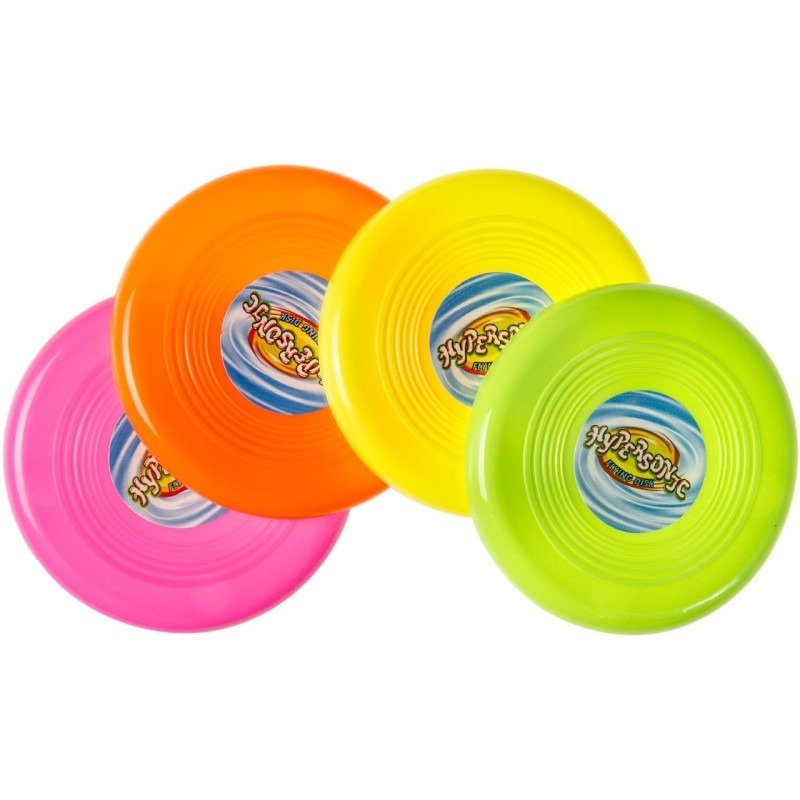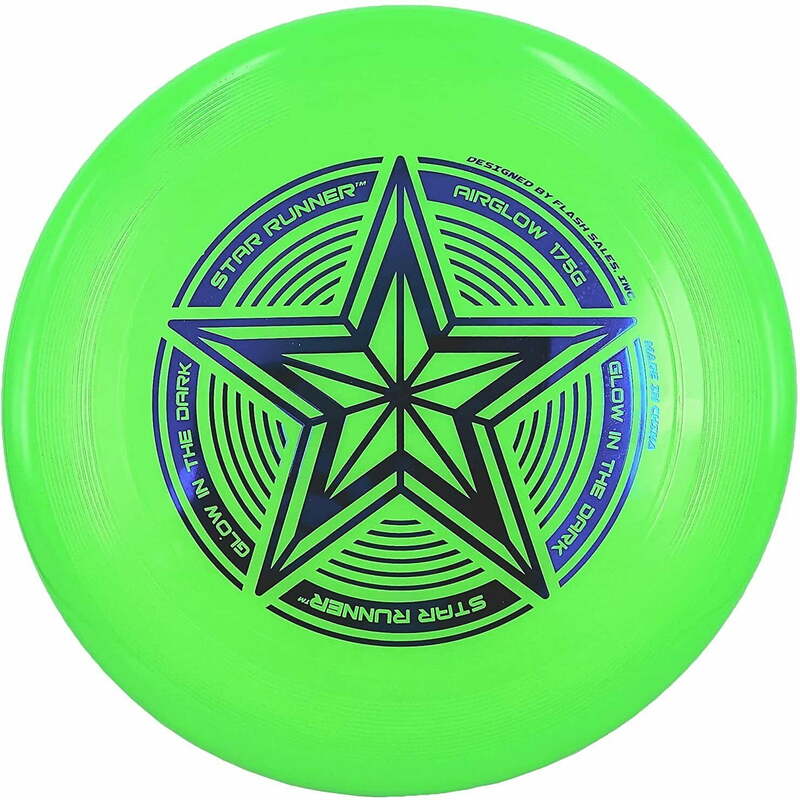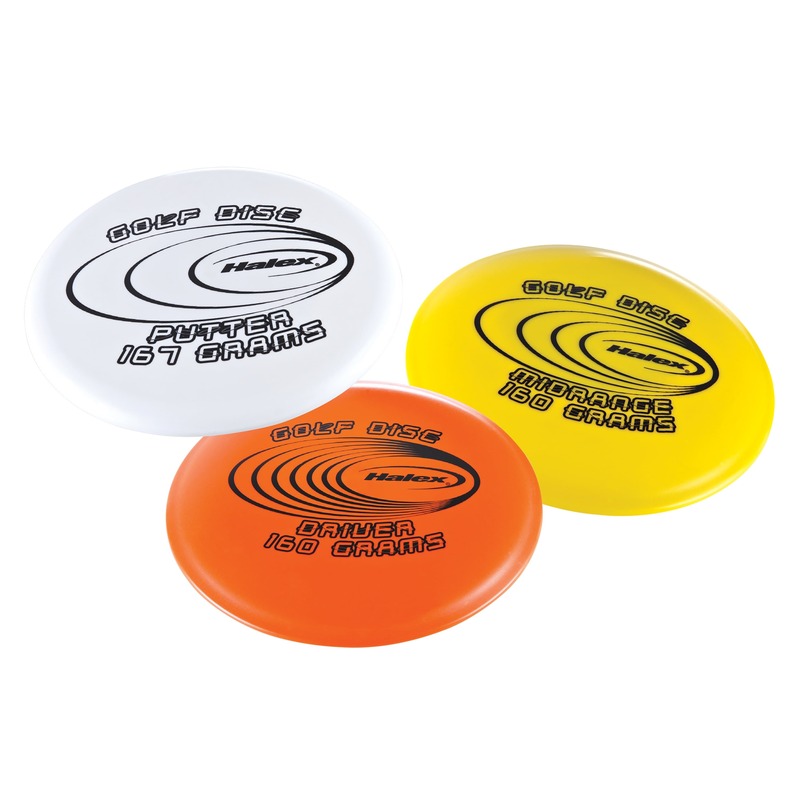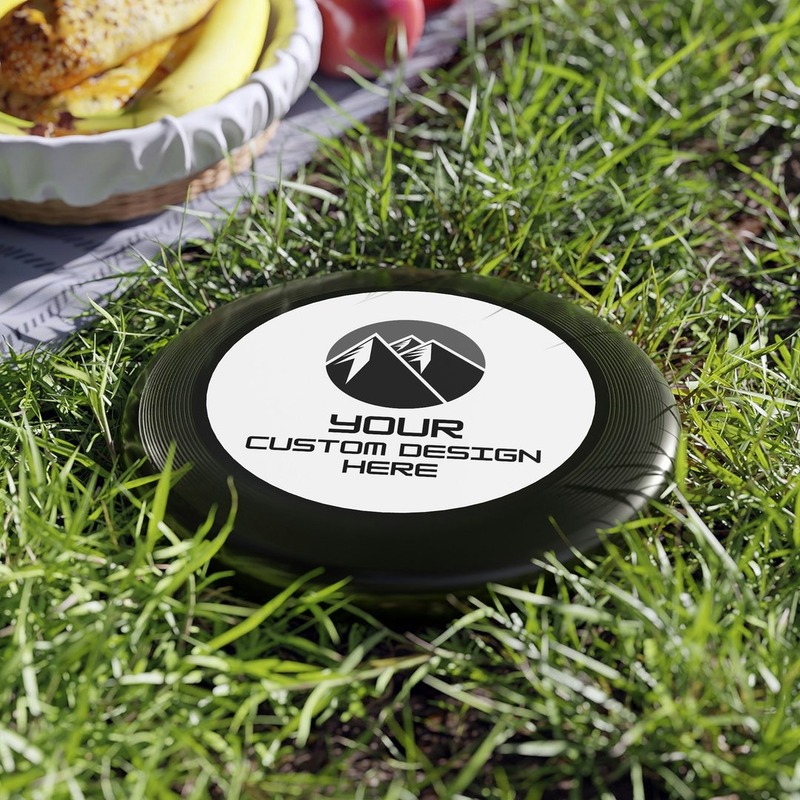Introduction to Disc Frisbee
Disc frisbee, also known simply as frisbee, stands as a beloved outdoor activity. Its charm lies in the simplicity of its concept: players aim to throw a disc accurately and catch it, making for an engaging and playful experience. For those unfamiliar, disc frisbee combines elements of precision, athleticism, and strategy. At its heart, the game requires players to toss a plastic disc toward a target or fellow player. The goal can vary based on the game variation being played.
People of all ages and skill levels can enjoy disc frisbee. It serves as a fantastic way to stay active, whether in a casual park setting or competitive environment. Accessibility is one of the sport’s strong suits—a field or open area and a frisbee are all you need to start. Plus, the rules are straightforward, making it easy for newcomers to join in.
Disc frisbee can be both a leisurely pastime and a competitive sport. There are organized leagues and tournaments for those who wish to take their skills to a higher level. But for beginners, understanding the fundamentals of how the game is played is the first step. As we delve deeper into the specifics of this guide, you’ll learn about the key rules of the game, equipment needed, and how to throw a frisbee effectively. So grab your disc, and let’s get started on this exciting venture into the world of disc frisbee!
Key Rules of the Game
Before diving into the art of disc frisbee, it’s essential to grasp the key rules that govern the game. These rules are vital, whether you’re playing a casual game in the park or participating in a more structured competition. Here’s a rundown of the core principles you should know:
- Objective: The primary goal in disc frisbee is to score points by throwing the disc to a teammate or into a designated target area without it being intercepted or dropped.
- Playing Field: While there’s no set size for casual play, in official matches, the field has defined boundaries, typically measuring about 100 meters by 37 meters.
- Starting Play: Players typically start by throwing the disc from behind an end zone line, seeking to advance the disc up the field towards the opposing team’s goal area.
- Turnovers: If the frisbee is dropped, intercepted, thrown out of bounds, or if a pass is not completed within ten seconds, possession switches to the opposing team.
- Non-contact Play: Disc frisbee is a non-contact sport. Players must avoid physical contact to prevent penalties and promote fair play.
- Self-Officiating: In many versions of the game, players are responsible for making their own foul calls. This emphasizes sportsmanship and integrity among participants.
By following these simple yet crucial rules, players can engage in a fair and enjoyable game of disc frisbee. Whether you’re new to the sport or brushing up on the basics, these guidelines will help ensure a smooth and competitive experience.

Types of Discs and Their Uses
When starting with disc frisbee, selecting the right type of disc is key to success. Different designs serve various purposes, and they can affect your game. Let’s explore the common types of discs you’ll encounter and how they’re used in the game.
Distance Drivers
These discs are made to cover long distances quickly. They have sharp edges and are less stable, which makes them tricky for beginners. Use distance drivers when you need to achieve maximum coverage down the field.
Fairway Drivers
Fairway drivers offer a balance between distance and control. They are easier to handle than distance drivers, making them suitable for players looking to improve their throwing accuracy and distance together.
Mid-Range Discs
Mid-range discs are designed for control and accuracy over shorter distances. These are versatile and most recommended for beginners. They are ideal for making precise throws when approaching the target.
Putters
Putters have a thicker edge and are the slowest of all the discs. They are used for short-range shots aimed at getting the disc into the target basket. As the name suggests, they’re similar to putters in golf and are crucial for a successful end game.
Choosing the right disc based on your skill level and the specific play situation will enhance your game experience. As you progress, you’ll likely build a collection of discs for different uses, but starting with a mid-range disc can be the perfect way to dive into the world of disc frisbee.
Basic Techniques for Throwing a Frisbee
To excel in disc frisbee, mastering the basics of throwing is essential. Here, we’ll break down the elementary techniques that will enhance your ability to throw a frisbee with precision and power. Remember, practice is key to improvement, so be patient and persistent with these skills.
The Grip
Start by focusing on how you hold the frisbee. Ideally, you want to use the ‘backhand grip.’ Place your thumb on top of the disc and your index finger along the edge, with the remaining fingers underneath. This grip gives control and stability during the throw.
The Stance
Your stance is crucial for balance and power. Stand sideways to your target with your feet shoulder-width apart. Your lead foot should point to the target, and your weight primarily on the back foot.
The Wind-Up
For power, you need a good wind-up. Reach back with your throwing arm, disc parallel to the ground. Keep your eyes on the target to maintain aim.
The Release
As you bring the disc forward, shift your weight from the back foot to the lead foot. Release the frisbee smoothly at waist height, and snap your wrist for spin. The right amount of spin stabilizes the frisbee in flight.
Follow-Through
Don’t stop your motion at the release. Follow through by extending your arm in the direction of the throw. This ensures the frisbee has a straight and accurate trajectory.
Mastering these techniques will take time, but each practice session brings you closer to becoming a proficient disc frisbee player. Focus on one aspect of the throw at a time, and gradually, you’ll see your frisbee flying with greater accuracy and distance.

Common Frisbee Games and Variations
Playing disc frisbee comes with a variety of games and variations. These variations cater to different skill levels and add fun twists to the basic game. Here are some popular frisbee games that you might enjoy:
Ultimate Frisbee
This is perhaps the most well-known disc frisbee sport. It’s like soccer or American football with frisbees. Teams score by catching the disc in the opposing team’s end zone. Ultimate frisbee is fast-paced and demands both strategic play and teamwork.
Disc Golf
In this game, players aim to throw their frisbees into a series of metal baskets on an outdoor course. The goal is to finish the course with the fewest number of throws. Disc golf is great for those who enjoy a blend of skill and outdoor leisure.
Freestyle Frisbee
Freestyle frisbee lets players show off their creativity. It involves throwing and catching with artistic moves. Roll, spin, and flip the disc in unique ways to impress others. This style is about flair, control, and finesse.
Guts Frisbee
Guts is a high-intensity game where teams stand at opposite ends. They throw the disc at each other with speed. The aim is to catch it one-handed or make it past the opposing team. Guts frisbee tests your reflexes and bravery.
KanJam
KanJam is a newer game that involves teams of two. Players throw the disc at a can, while their teammate tries to deflect it inside. Scoring comes from hitting the can or getting the disc inside through teamwork.
Choosing to play these frisbee games adds excitement and variety to your disc frisbee experience. They also provide a chance to develop different skills and meet new enthusiasts. Try them out, and find the ones that capture your interest the most.
Essential Gear for Disc Frisbee Enthusiasts
To truly enjoy disc frisbee, having the right gear is a must. This doesn’t mean you need the most expensive equipment. But selecting quality, suitable items can make a big difference in your play. Here’s what you should consider:
Discs
Your frisbee is your most crucial tool. Choose discs that suit your level and style. Beginners should start with mid-range discs for better control.
Comfortable Clothing
Wear clothes that allow you to move freely. Athletic shirts, shorts, and pants work best. Avoid clothing that is too loose or restrictive.
Athletic Shoes
Good traction and support are vital when playing frisbee. Look for shoes designed for field sports. They will help you run, cut, and pivot safely.
Water Bottle
Staying hydrated is key during play. Bring a water bottle to keep fluids handy. This is crucial on hot days or during long games.
Sun Protection
If you’re playing outdoors, protect yourself from the sun. Use sunscreen, hats, and sunglasses to prevent burns and eye strain.
Bag or Backpack
A bag keeps your discs and gear organized. It also makes it easier to carry everything to the park or field.
First Aid Kit
Injuries can happen, so be prepared. A basic first aid kit should include bandages, antiseptic, and pain relievers.
With this gear, you’re set for a great game of disc frisbee. Remember to check your equipment before you play and replace anything that is worn or damaged. Happy throwing!

How to Choose the Right Frisbee
Selecting the appropriate frisbee is vital for your disc frisbee experience. Beginners and seasoned players alike must consider several factors, including the frisbee’s type, weight, and material. Here are essential tips to help you pick the right frisbee:
- Consider Your Skill Level: Beginners should aim for mid-range discs. These discs ensure better control and are more forgiving for new players.
- Look at the Weight: Heavier discs offer more stability in windy conditions but require more strength to throw. Lighter discs are easier to throw but can be unpredictable in the wind.
- Examine the Size and Shape: A disc’s size and shape affect its flight path. Slim, sharp-edged discs are better for long distances but harder to control. Wider rims offer grip and ease for beginners.
- Material Matters: Durable plastics can withstand frequent use and rough ground contact. Some materials offer better grip in wet conditions; consider this if you play in varied weather.
- Read Reviews: Learn from other players’ experiences. Reviews can guide you to discs that have proven performance and reliability.
- Try Different Types: If possible, test various discs. This hands-on experience is invaluable. You’ll discover what feels right for your throwing style.
- Ask the Community: Experienced players in the disc frisbee community are often happy to offer advice. Don’t hesitate to ask; they can provide insights on what discs work well for beginners.
Selecting the right frisbee will not only improve your game but also ensure your enjoyment of disc frisbee. Keep these tips in mind, and you’ll find a frisbee that’s a perfect match for you.
Getting Involved in the Frisbee Community
Joining the disc frisbee community enriches your sporting life. Whether you aim to compete or just have fun, community involvement offers many benefits.
Find Local Clubs and Groups
Start by seeking local frisbee clubs or groups. They offer a place to play and learn from others. This social environment fosters skill development and provides opportunities to play in tournaments.
Attend Frisbee Workshops and Clinics
Workshops and clinics enhance skills and knowledge. They cover topics from basic techniques to advanced strategies. These events are perfect for beginners and intermediate players alike.
Participate in Tournaments
Even if you’re new, give tournaments a try. They expose players to a competitive atmosphere. Start small with local competitions before tackling larger ones.
Volunteer for Events
Volunteering at frisbee events brings you closer to the game. Help out with scoring, managing gear, or organizing teams. You’ll give back to the community and connect with key players.
Online forums and social media groups offer space to discuss and learn. Share experiences, ask questions, and get tips. Engage with other frisbee enthusiasts around the world.
Stay Informed
Keep up with the latest news and disc frisbee trends. Follow well-known players and watch professional matches to stay inspired.
Joining the frisbee community opens doors to new friendships and experiences. Learn, play, and embrace the spirit of disc frisbee together with others who share your passion.
